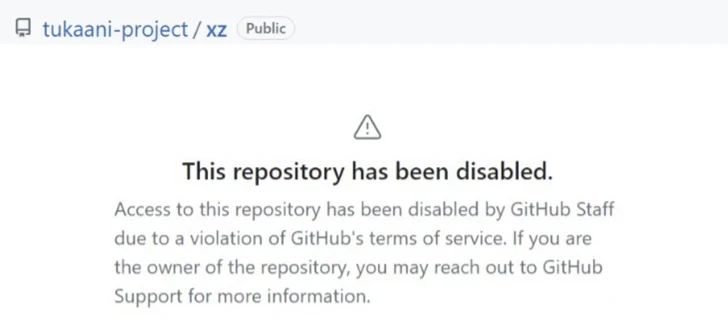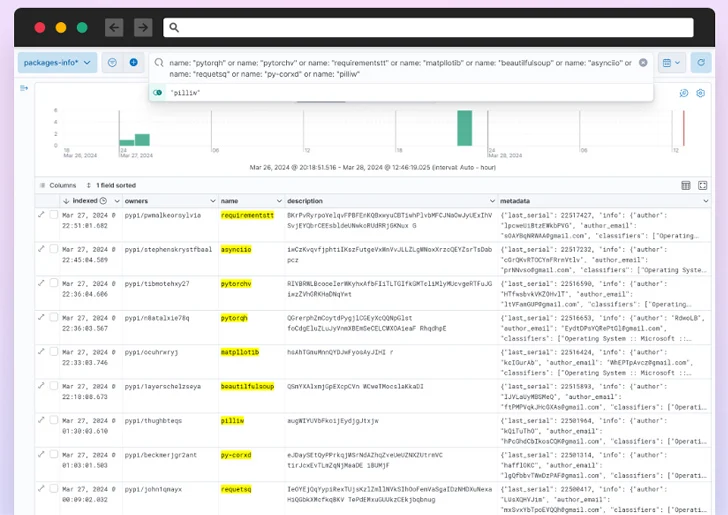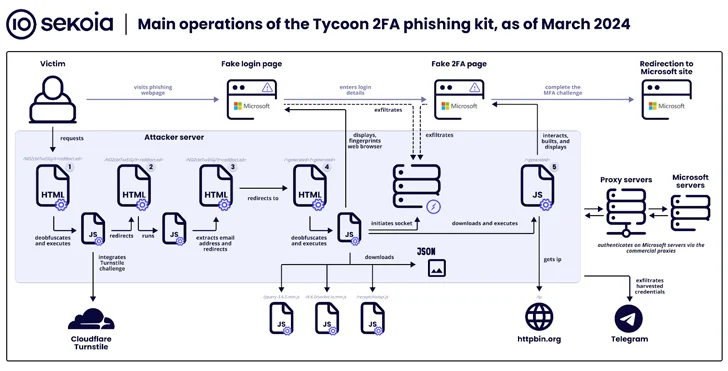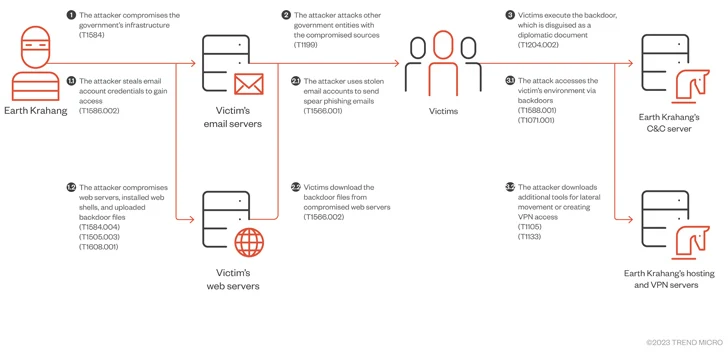Microbusinesses are a subset of the small business world. They consist of one person or several people playing different roles simultaneously. Their operations are smaller and focus on building strong relationships with a limited customer base. Young or new professionals often start micro-businesses when entering the business world.
If you are one of them, consider setting up a guide for yourself business planning software Get funding from investors and create a roadmap.
What is micro-business?
Microenterprises, or microenterprises, are run by up to nine people who earn less than $250,000 per year. They are popular with novice entrepreneurs because they do not require a large amount of capital to start and maintain operations.
Micro-business start-up costs are less than $50,000. It is usually a sole proprietorship, with the owner responsible for running the business. Examples of microbusiness jobs include freelance writers, small e-commerce owners, consultants, and other self-employed workers in any field. They focus on small markets and strong relationships with customers and colleagues.
People start microbusinesses as a side hustle or hobby. They may operate on their own or with the help of a small team. Although microbusinesses are small, they play an important role in the U.S. economy and job market.
Micro business examples
You probably encounter micro-businesses almost every day and don’t realize it. These small operations exist in many forms, such as:
- Freelance worker services. Some freelancers run their businesses as sole proprietors, which means they and their business are one and the same. This arrangement means that the freelancer has some liability for any debts or obligations of the company. To gain protection, they can form a single-member limited liability company (LLC).
- Small e-commerce business. The digital store sells handicrafts, clothing and many other one-of-a-kind products. Business owners use e-commerce platforms to easily run their online stores.
- Small retailers. A small shop, café or restaurant is a micro-enterprise run by a few people.
- professional service. Professionals such as lawyers, accountants, doctors or dentists engage in private practice in the form of microenterprises. They have clinics and small offices, and now some are running their businesses digitally through virtual offices.
Microenterprises and Small Enterprises
People use “microbusiness” and “small business” interchangeably without realizing that microbusiness is a subset of business. small business.
small companies The number of employees ranges from 100 to 1,500. In contrast, microenterprises have up to 9 employees. This means that all microbusinesses are small businesses, but the converse is not necessarily true.
Micro-enterprises Specialize in a specific area, such as technical writing, marketing consulting, or web design.
However, small businesses typically offer a range of services and products to their target market. When it comes to loans or financing, they are subject to various guidelines related to their size and scope.this U.S. Small Business Administration (SBA) A business is classified as small if its revenue is between $1 million and more than $40 million. Dimensional parameters are set by North American Industry Classification System (NAICS) codes.
Small Entrepreneurs and Entrepreneurs
Micropreneurs and entrepreneurs both have unlimited earning potential and flexible work schedules, but their paths are very different.
entrepreneur While aiming for rapid expansion, microentrepreneur Focus on meeting customer needs while making optimal operational and staffing investments. Microentrepreneurs choose a more closed approach. They often work alone, unlike entrepreneurs who build large teams to scale.
free-lancer content Writing or online store management are two common micro-startups. Entrepreneurs, on the other hand, develop products and services designed to serve a larger market and increase revenue.
Benefits of microenterprises
Starting a microbusiness doesn’t require a lot of cash, making it an excellent option for many aspiring professionals. It also offers flexibility. For example, a small restaurant can add a new drink or menu item faster than a chain restaurant.
Here are some of the notable benefits microbusinesses provide to their owners.
- Niche product or skill. Microentrepreneurs focus on specific skills that make their product or service unique, such as cupcakes from Mom’s Little Bakery. This uniqueness attracts customers.
- flexibility. Micro-entrepreneurs can set working hours and decide how much work they want to take on. It has complete control over their behavior.
- The capital investment is small. Micro businesses have much lower start-up and operating costs and require no operations Payslip For big teams.
- Adaptability. Microenterprises have rapid decision-making processes that allow them to adapt to reduce risks or seize new opportunities.
Challenges of running a microenterprise
While microenterprises have many benefits, they also come with some challenges. Lenders often view smaller businesses as less stable, and their ability to handle risk or debt is perceived to be far less than it actually is. This makes it difficult for small and micro business owners to obtain loans at reasonable interest rates.
Additionally, because microenterprises operate on a smaller scale, they typically do not invest much in marketing or finding larger markets. This limits their scope and ability to compete with smaller businesses, which invest heavily in marketing and construction. sales funnel.
Finally, microbusiness employees often multitask. This is typically a super lean team and responsibilities can easily overlap. Everyone ends up with a heavy workload that makes managing sales, marketing, finance, and operations overwhelming.
Businesses respond to these challenges in a variety of ways, including some listed here.
- Find an online lender. Micro businesses may not qualify for small business loans, but many online lenders offer working capital when emergency funding needs arise. This money can help your business get through tough times, but be aware of the higher-than-average interest rates.
- Stick to a low-cost marketing plan. consider content marketing Reach potential buyers organically. If you are looking for nearby customers, you can do search engine optimization (SEO). Build your brand on social media platforms and attract customers through social networks.
- Delegate work to software. Look for ways to automate simple, time-consuming tasks.on board Project management software Or a Pomodoro timer to keep everything organized while you’re deep in work.
How to Start a Micro Business: A Step-by-Step Guide
You can build your microbusiness with these basic steps. They are here to help you navigate the challenges you will face along the way.
1. Write a mission and vision statement
Define your core purpose and aspirations through clear mission and vision statements. Articulate your company’s values, commitment to customers, and long-term goals.
This document guides your business and attracts customers and investors who share similar values.
2. Plan your operations
Break down business operations into achievable goals and milestones. Try to anticipate and address potential challenges when planning and forecasting. Consider your location, resources, business structure, and customer needs.
Ensure the business model is sustainable by outlining the cost structure and potential revenue streams.
3. Assess your financial situation
collect or create financial documents Such as a balance sheet, profit and loss statement, and cash flow statement to give you a clear picture of your expected performance. To obtain funding, develop a well-researched plan that explains your viability and profitability.
4. Develop a marketing plan
A strong marketing plan is crucial, especially for micro businesses with limited resources. Understand your target market and how to best serve them.Use this research to inform your strategy and execute online marketing campaigns by social mediaemail, content, and search engine optimization.
5. Research and test your product
Test your product or service with potential customers before launching it. To collect feedback, build a pre-launch website, use surveys, or try direct outreach.
This feedback can help you improve your products and services and provide ways to improve the customer experience. Be prepared for rejection. They are opportunities to learn and iterate on your product.
Start small, but start right
Starting a microbusiness is a journey of learning, growth and opportunity. Understand your capabilities and take on projects and work that you can deliver. Otherwise, you may become overworked when you lack resources or help. With a clear mission and vision, you can make your tiny entrepreneurial dreams a reality.
Learn more about Ansoff matrix Carefully plan your growth and the risks along the way.
from Tech Empire Solutions https://techempiresolutions.com/what-is-micro-businessbuild-one-from-scratch/











 The new end-to-end 401(k) product, launching in mid-2024, will provide advisors and third-party administrators (TPAs) with a simplified way to set up retirement plans. The new program, called Ready Select, is designed for small start-ups with assets of up to $1 million.
The new end-to-end 401(k) product, launching in mid-2024, will provide advisors and third-party administrators (TPAs) with a simplified way to set up retirement plans. The new program, called Ready Select, is designed for small start-ups with assets of up to $1 million.








